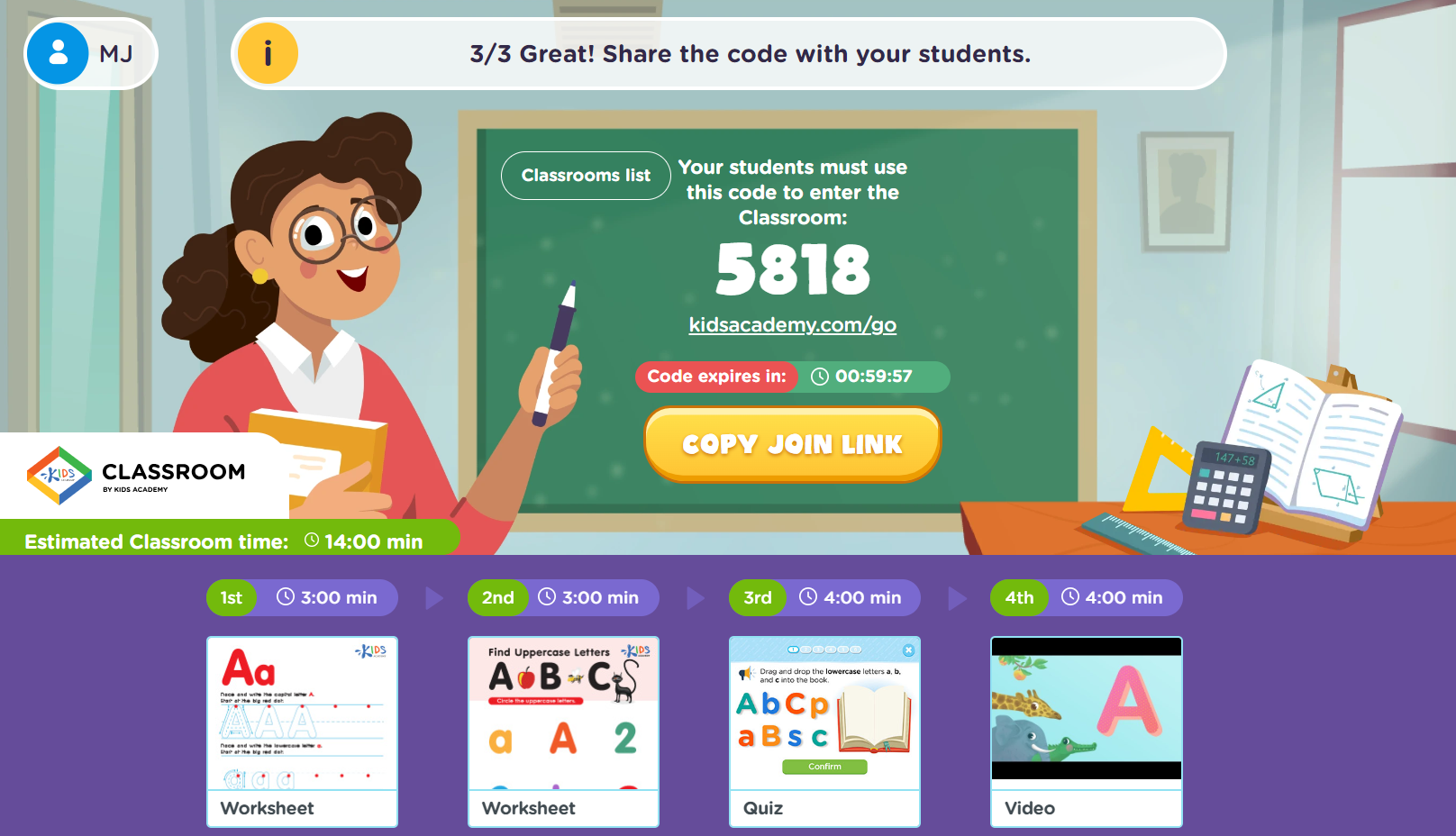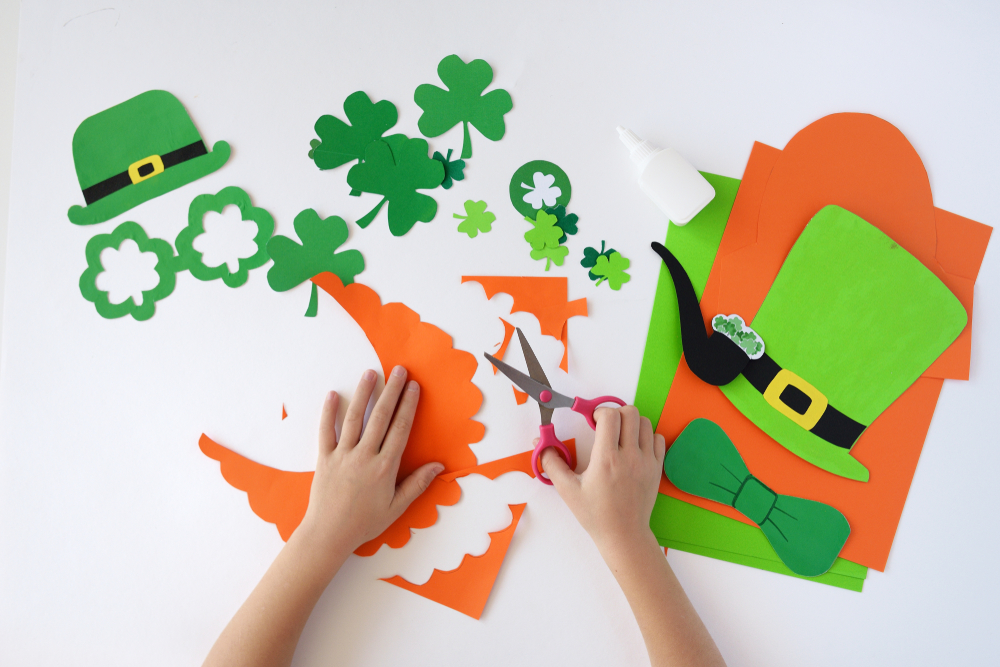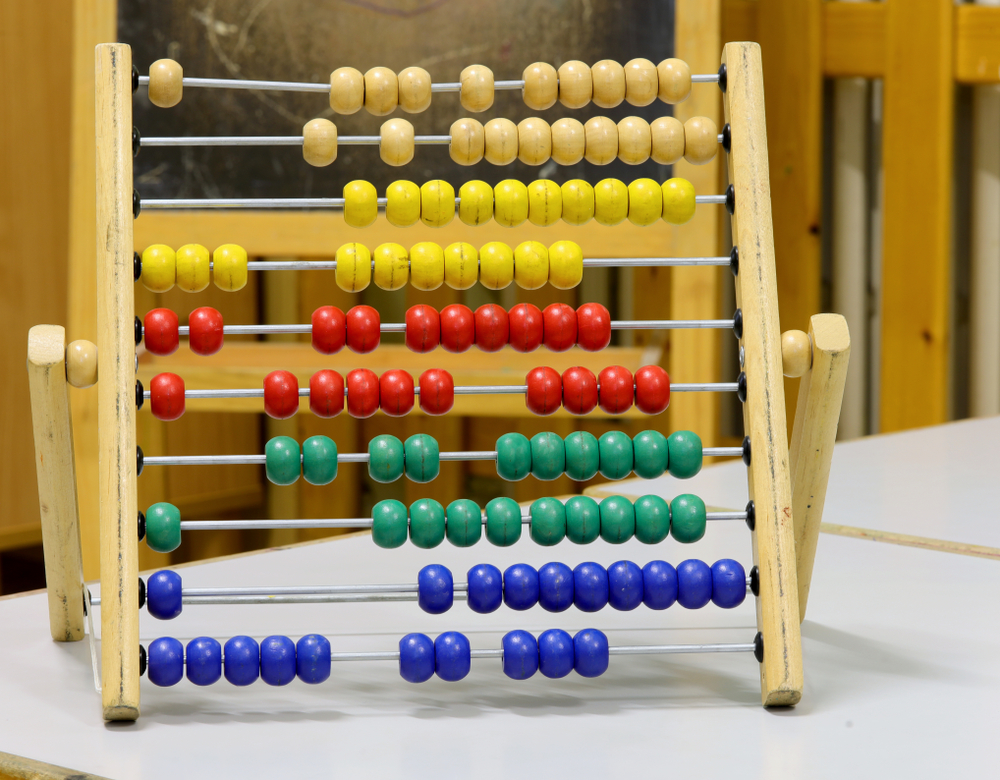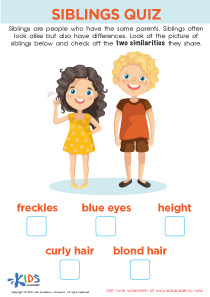Recognizing Patterns Science Worksheets for Ages 6-9
3 filtered results
-
From - To
Boost your child's cognitive development with our "Recognizing Patterns Science Worksheets" tailored for ages 6-9. These engaging worksheets are designed to enhance critical thinking and problem-solving skills while introducing fundamental scientific concepts. Children will explore sequences, shapes, and rhythms through fun, interactive activities. Perfect for both classroom and at-home learning, these printable resources support STEM education and are aligned with educational standards. Dive into the world of patterns and set the foundation for advanced scientific learning with Kids Academy’s expertly crafted materials. Transform learning into an exciting adventure with our dynamic and educational worksheets!
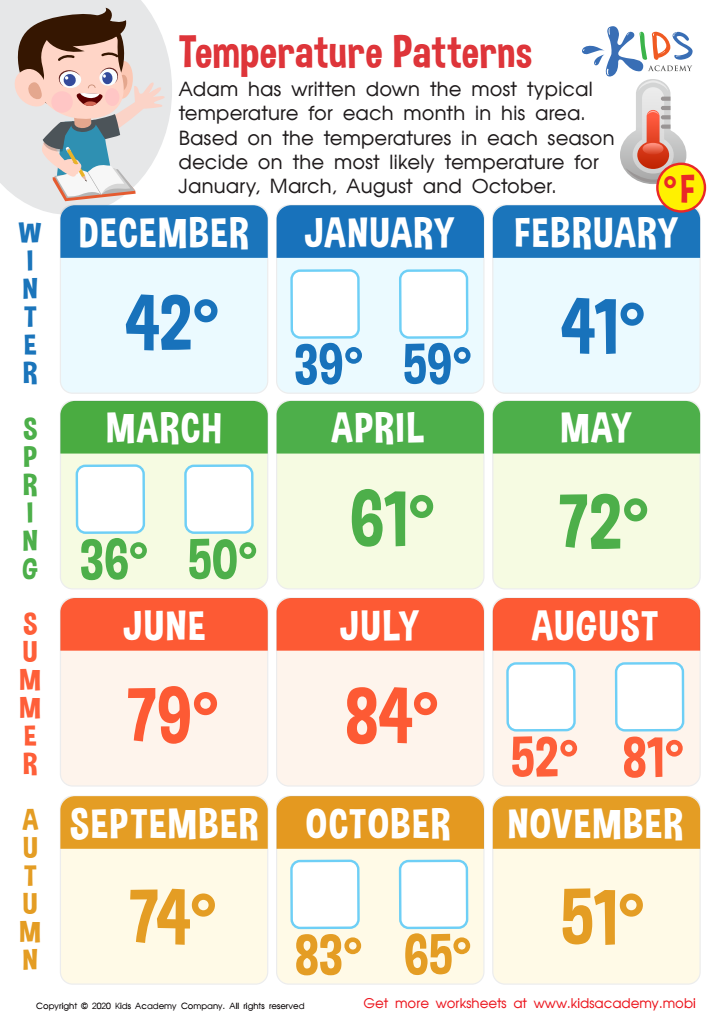

Temperature Patterns Worksheet
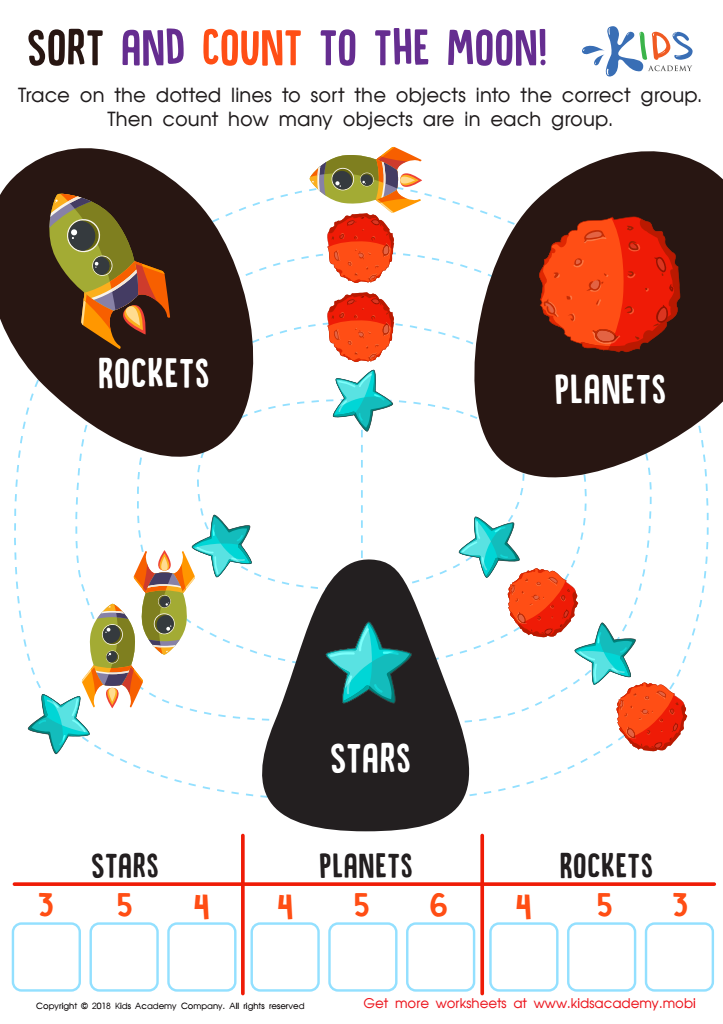

Sort and Count to the Moon Worksheet
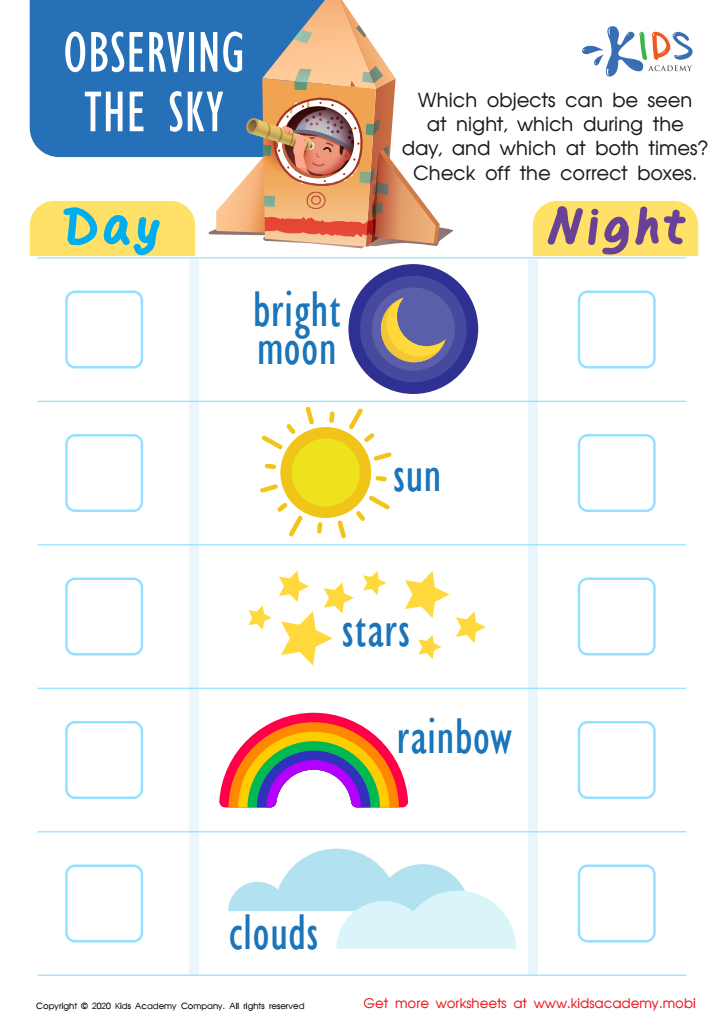

Observing the Sky Worksheet
Recognizing patterns is a fundamental skill in science and beyond, especially for children aged 6-9. At this developmental stage, kids' brains are exceptionally receptive to discovering relationships and sequences in the world around them. By understanding patterns, children can make sense of the complexities in nature, mathematics, music, and everyday life.
For parents and teachers, nurturing this ability is crucial. When children recognize patterns, they develop critical thinking and problem-solving skills that are essential for success in all areas of learning. For instance, spotting repeating patterns in math sets the foundation for arithmetic and algebra. Recognizing cycles in science—like the water cycle or seasons—helps children understand natural processes and their impacts.
Additionally, pattern recognition boosts cognitive abilities such as memory and attention, which are vital for academic achievement. These skills also foster creativity and curiosity, empowering children to make predictions, explore cause-and-effect relationships, and innovate new ideas.
Moreover, a strong grasp of patterns aids in social and emotional development. Children learn to predict behaviors, read social cues, and navigate complex social interactions effectively. Therefore, parents and teachers should prioritize activities and lessons that enhance pattern recognition to build a strong educational and developmental foundation.
 Assign to My Students
Assign to My Students


